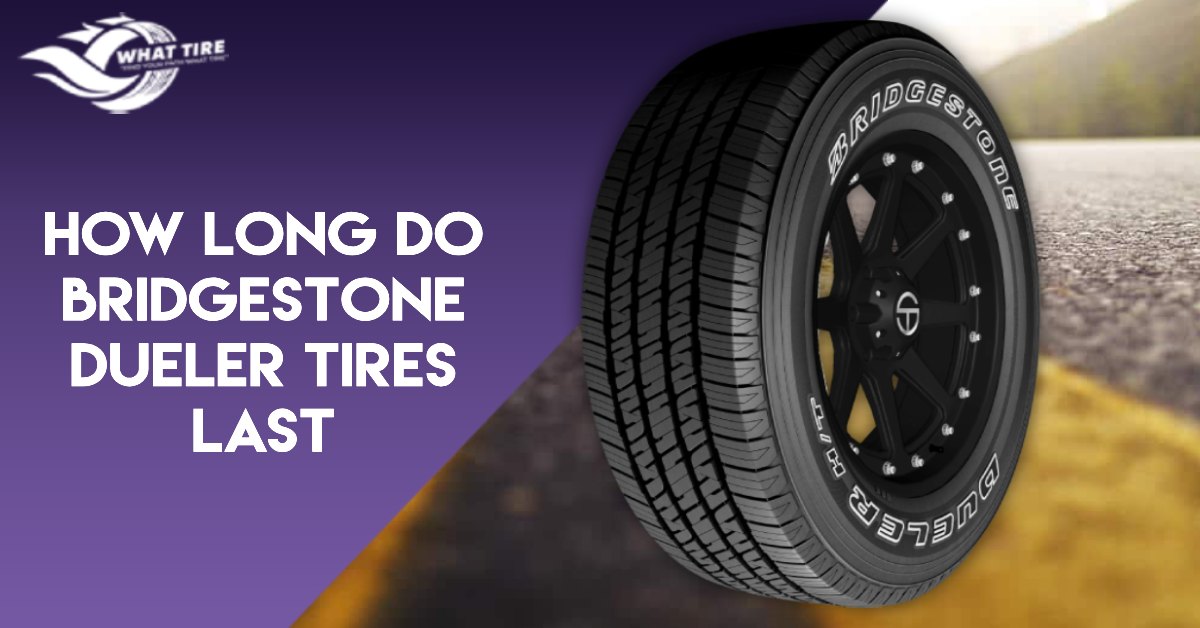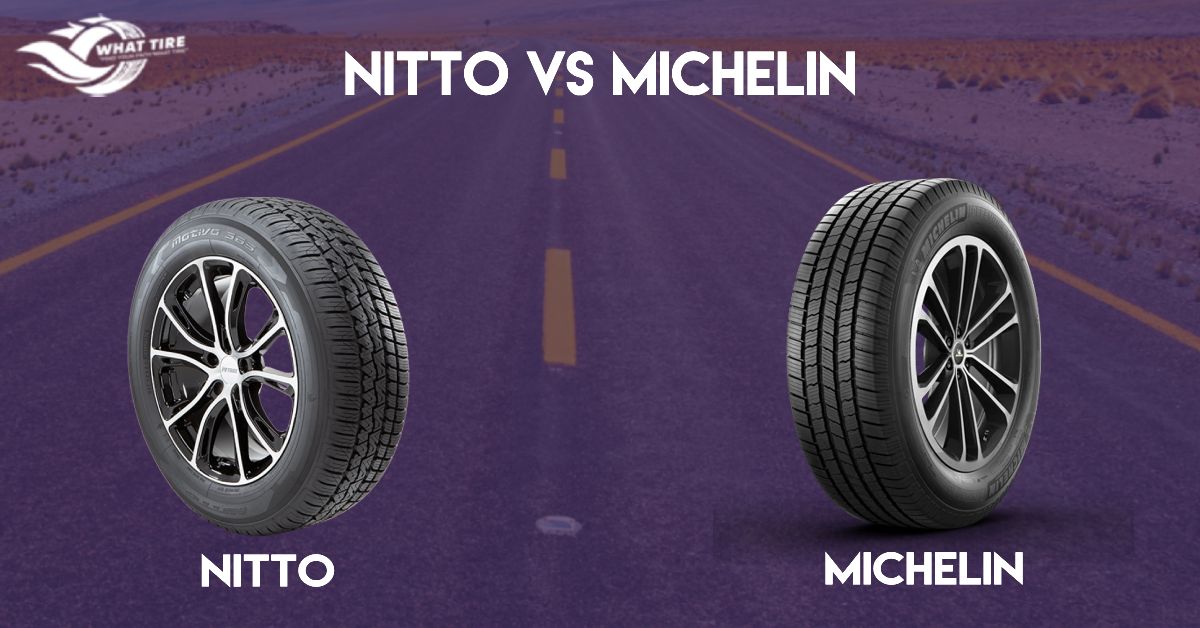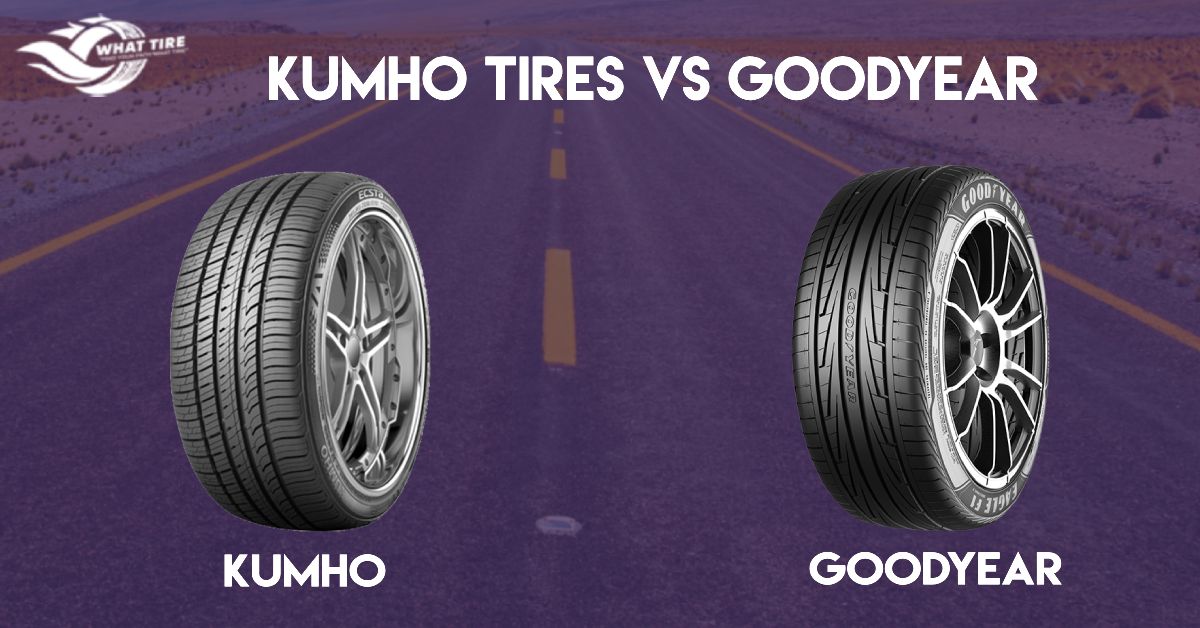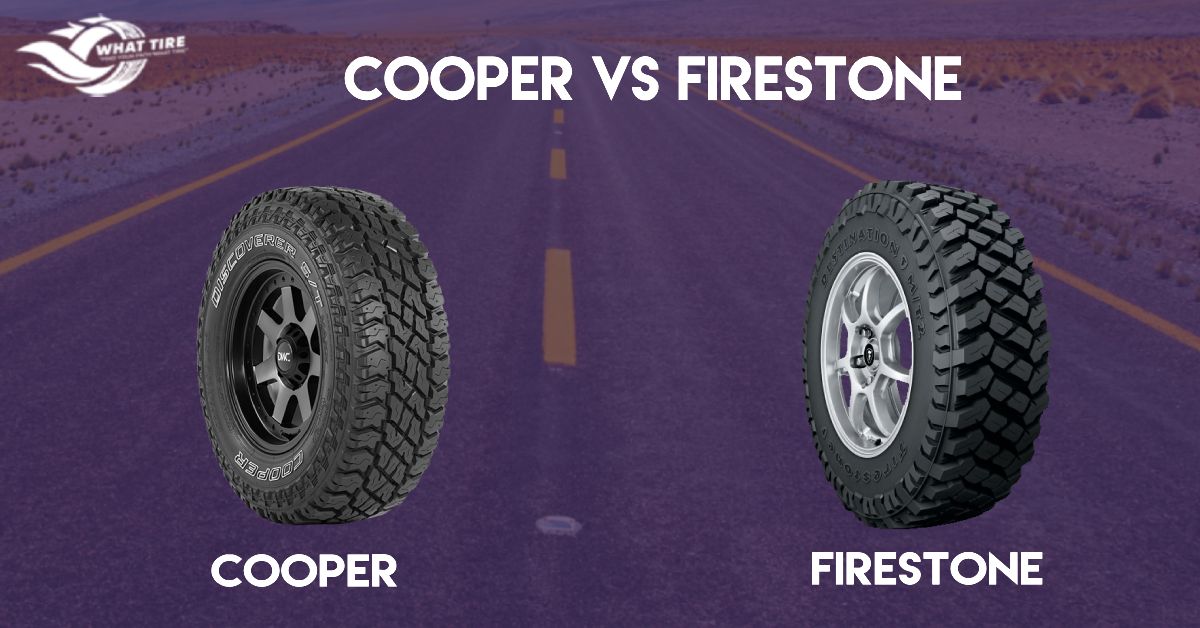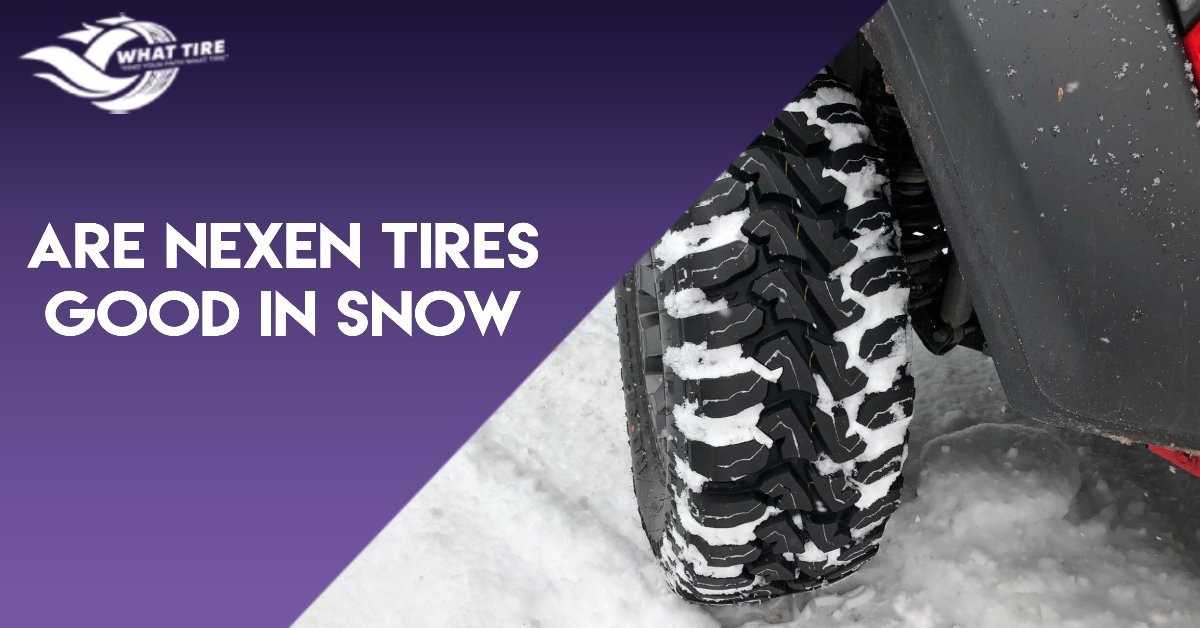Maintaining proper tire pressure might not be the most exhilarating topic, but it’s undoubtedly one of the most crucial aspects of vehicle maintenance.
Your tires are the only point of contact between your car and the road, making their inflation levels paramount for safety, performance, and fuel efficiency.
In this comprehensive guide, we’ll break down everything you need to know about tire pressure – from understanding its significance to finding the recommended pressure for your vehicle.
By the end, you’ll be equipped with the knowledge to ensure your tires are always inflated to the optimal levels, keeping you safe on the road
Table of Contents
ToggleWhat Should The Tire Pressure Be On A Michelin Defender?
The tire pressure on a Michelin Defender tire should be somewhere between 44 to 50 PSI depending on the load you have and other factors like driving conditions, tire size and type, etc.
It’s crucial to refer to the specific tire pressure recommendations provided by the vehicle manufacturer, which are usually found on a sticker located on the driver’s side door jamb or in the owner’s manual.
But to give you a general idea, we are going to enlist tire pressure for different Michelin Defender tire models for varying load capacity and tire sizes. Let’s get started.
Michelin Defender T+H Tire Pressure
Michelin Defender T+H tires come in 32 different tire sizes. According to the manufacturer, it has a maximum tire load capacity of 1102 pounds to 1929 pounds and a maximum tire inflation of 44 psi.
Let’s share with you the top 10 models and their recommended inflation.
| Tire Size | Max Load Capacity(single / dual rear wheels) | Maximum Tire Pressure |
| 185/60R15 84H | 1102 lbs | 44 psi |
| 185/65R14 86H | 1168 lbs | 44 psi |
| 185/65R15 88H | 1235 lbs | 44 psi |
| 185/70R14 88H | 1235 lbs | 44 psi |
| 195/60R15 88H | 1235 lbs | 44 psi |
| 195/65R15 91H | 1356 lbs | 44 psi |
| 235/60R16 100H | 1764 lbs | 44 psi |
| 235/60R17 102H | 1874 lbs | 44 psi |
| 235/60R18 103H | 1929 lbs | 44 psi |
| 235/65R16 103H | 1929 lbs | 44 psi |
Michelin Defender LTX M/S Tire Pressure
Michelin Defender LTX M/S tires are offered in 79 different tire sizes. It has a maximum tire load capacity of 1521 pounds to 4079/3748 pounds. According to the manufacturer, the tires have a maximum tire inflation of 44 psi to 80 psi.
Let’s have a look at its chart to get a better idea.
| Tire Size | Max Load Capacity(single / dual rear wheels) | Maximum Tire Pressure |
| 205/65R15 99T | 1709 lbs | 50 psi |
| 215/50R17 95H | 1521 lbs | 50 psi |
| 215/55R16 97H | 1609 lbs | 50 psi |
| 265/50R20 107T | 2149 lbs | 44 psi |
| 265/60R18 110T | 2337 lbs | 44 psi |
| 265/65R17 112T | 2469 lbs | 44 psi |
| 265/65R18 114T | 2601 lbs | 44 psi |
| LT285/70R17 121/118R | 3197/2910 lbs | 80 psi |
| LT295/70R17 121R | 3197 lbs | 80 psi |
| LT295/70R18 129/126R | 4079/3748 lbs | 80 psi |
How to Find the Recommended Tire Pressure?
Finding the recommended tire pressure for your vehicle is a crucial step in maintaining optimal performance and safety. Learn about this to inflate your tires to the manufacturer’s specifications, promoting longevity and efficiency.
1. Vehicle Owner’s Manual
The most reliable source for finding the recommended tire pressure is your vehicle’s owner’s manual.
Typically located in the glove compartment, the owner’s manual contains detailed information provided by the vehicle manufacturer, including tire pressure specifications for various driving conditions and load capacities.
2. Tire Pressure Sticker
Another accessible resource is the tire pressure sticker located on the driver’s side door jamb or inside the fuel filler flap. This sticker displays the recommended tire pressure values specific to your vehicle’s make, model, and tire size.
It also often includes recommendations for different driving scenarios, such as normal driving, highway driving, or carrying heavy loads.
3. Tire Manufacturer’s Specifications
In some cases, you may need to consult the tire manufacturer’s specifications for additional guidance. This information can typically be found on the tire sidewall or the manufacturer’s website.
While the vehicle manufacturer’s recommendations take precedence, the tire manufacturer’s specifications can provide supplementary details, especially for aftermarket tire replacements.
Factors Affecting Tire Pressure
Several technical elements contribute to determining the ideal tire pressure for your vehicle. There are a lot of factors but we are not going to make things complicated for you. Hence, we are only going to be sharing the most crucial ones with you.
1. Vehicle Manufacturer’s Recommendations
Each vehicle manufacturer provides specific tire pressure recommendations tailored to their models. These recommendations are based on extensive testing to ensure optimal performance, handling, and safety characteristics.
2. Tire Size and Type
The size and type of tire fitted to your vehicle play a significant role in determining the appropriate tire pressure. Larger tires generally require higher pressure to support the additional weight and maintain proper contact with the road surface.
Additionally, different tire types, such as passenger cars, light trucks, or SUV tires, have varying pressure requirements to accommodate their intended use and load-carrying capacity.
3. Driving Conditions
The type of driving conditions you encounter influences the ideal tire pressure. For highway driving, higher tire pressure may be recommended to enhance fuel efficiency and stability at higher speeds.
Conversely, off-road or rough terrain driving may necessitate lower tire pressure to improve traction and absorb impacts, reducing the risk of tire damage.
Adjusting tire pressure based on driving conditions is crucial for optimizing performance and ensuring safety.
Conclusion
In short, adhering to Michelin’s recommended tire pressure specifications for your Defender is crucial for optimizing vehicle handling, fuel efficiency, and tire longevity.
By routinely monitoring and adjusting tire pressure as necessary, you’ll uphold safety standards while maximizing the performance capabilities of your vehicle’s tires
FAQs
No, the tire pressure listed on the sidewall indicates the maximum pressure the tire can safely handle, not the recommended pressure for your vehicle.
Yes, extreme temperatures can affect tire pressure. Check and adjust pressure accordingly, as colder temperatures can cause pressure to drop and warmer temperatures can cause it to rise.
It’s recommended to check tire pressure at least once a month, as well as before long trips or if you notice any changes in handling or tire performance.
While nitrogen can help maintain tire pressure more consistently, regular air is generally sufficient for everyday use. However, some prefer nitrogen for its stability, particularly in extreme temperature fluctuations.
TPMS can alert you to significant changes in tire pressure, but it’s still essential to manually check pressure regularly, as TPMS may not always detect subtle fluctuations or issues with all tires.

